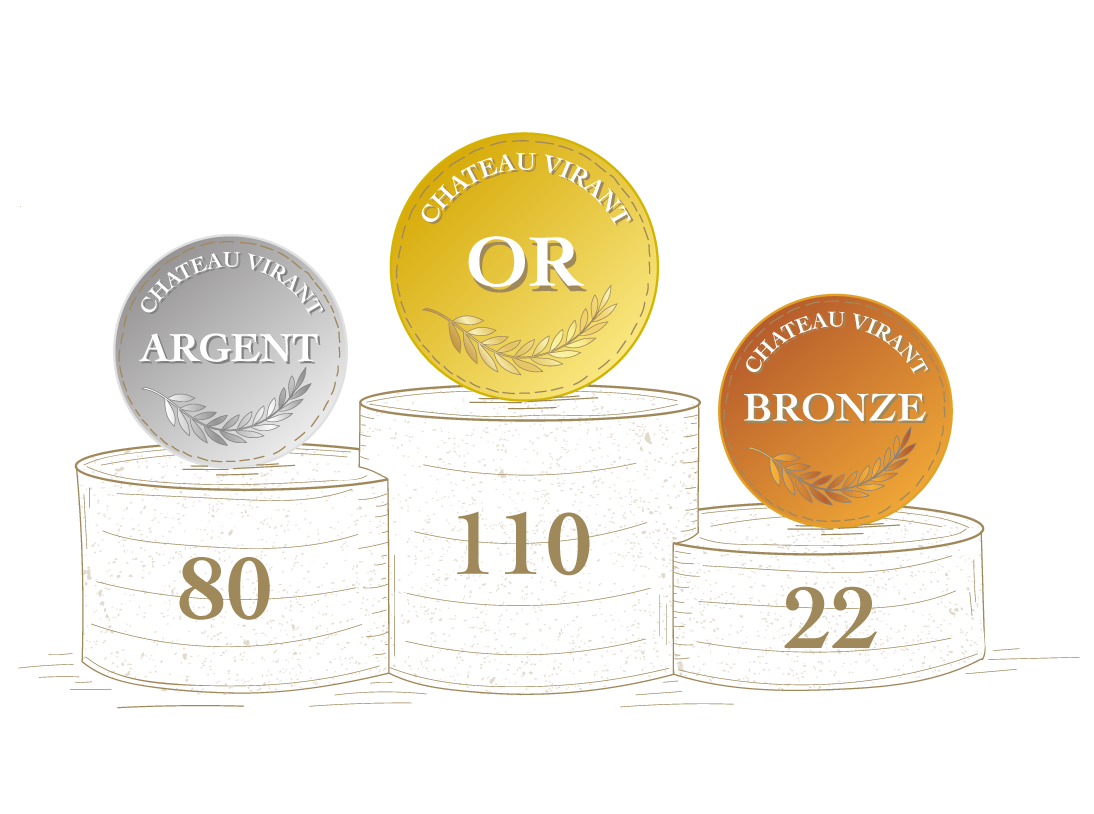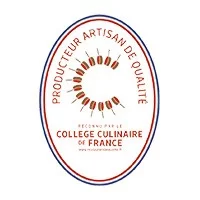What is a Grand Cru wine?
The Grand Cru appellation is one of the appellations of the AOC.
The AOC defines a geographical origin. It is completed by a strict specification with rules of cultivation, vine pruning, harvesting methods, means of breeding, up to storage and marketing. Its purpose is to protect the product given its geographical origin and its manufacturing methods.
AOCs are made up of appellations: regional, sub-regional, departmental, communal zone,1er Cru and Grand Cru.
The Grand Cru appellation was established in Bordeaux in 1855. It is a sub-category of the AOC, which is the highest appellation in the AOC classification scale. It is an appellation defined by decree based on precise criteria: the cru designates the terroir where the vineyard is located. This area is qualified as the best of the parcels.
The AOC Grand Cru represents 1.12% of the production of AOC (excluding vin de pays and vin de table).
To obtain the title, the wine must be made in a harmonious way.
AOC Grand Cru can be found in only 5 regions:
- In Burgundy, the AOC Grand Cru are names of climates like Chablis, which represents 7.9% of the production of Grand Cru.
- In Alsace, the appellation is authorized for 51 climats and only the grape varieties: Riesling, Gewurztraminer, Muscat, Pinot Gris, with 30.63% of the production of Grand Cru.
- In Bordeaux, the appellation is only present in the commune of St-Emilion
- In the Loire, the only Grand Cru AOC is Quarts-de-Chaume
- In Languedoc-Roussillon, there is only one Grand Cru, the Banyuls Grand Cru. It is a sweet and natural red wine.
In Champagne, only 17 communes are classified as Grand Cru.








